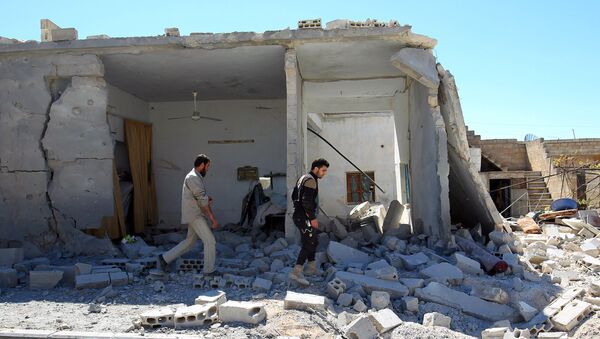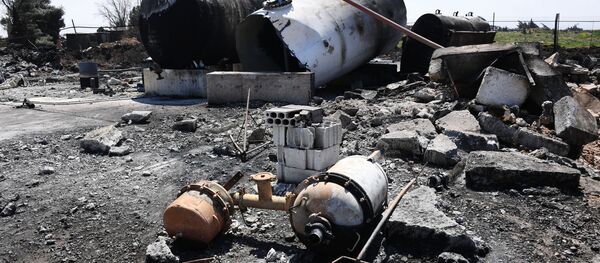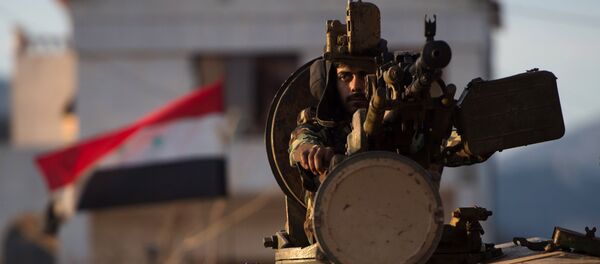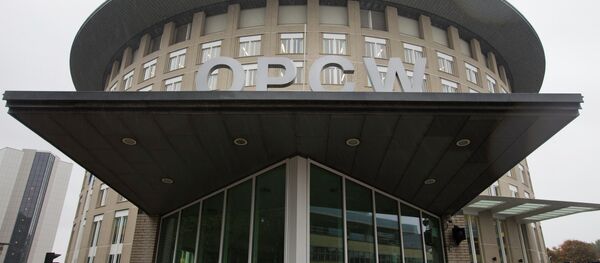Following in the US' footsteps, Paris pinned the blame for the suspected attack on Damascus, claiming that the sarin allegedly used in the Idlib province on April 4 bears a resemblance to the nerve gas produced in Syria before 2013.
According to Olivier Lepick, a French expert on chemical weapons, there are at least two dozen ways to produce sarin and the Syrian method involves obtaining by-products in the form of acids. To keep the sarin molecule in a stable form, the Syrians used hexamine, which neutralizes acids and prevents the corrosion of metals. It also helped store the gas for a long period of time.
This prompted French officials to announce that the chemical incident bears the "signature" of Syrian President Bashar al-Assad.
Last Wednesday the OPCW fact-checking mission examining the alleged use of chemical weapons in Khan Shaykhun reported that it had found traces of sarin on the victims' bodies.
Inexplicably, the next day the OPCW rejected the Russian and Iranian proposal to launch an independent investigation into the suspected chemical weapons incident in Syria. At the same time, the OPCW's hasty verdict raised further questions.
"The organization representative Ahmet Uzumcu's statement about the alleged use of sarin in Khan Shaykhun raises some important questions," Russian Defense Ministry spokesman Maj. Gen. Igor Konashenkov said, "If there really was sarin in Khan Shaykhun, how can the OPCW explain White Helmets charlatans jumping in sarin vapor without protection?"
There is yet another flaw in Paris' logic: French analysts claim that the alleged attack was conducted from the air. Previously, their American counterparts came to the same conclusion.
However, MIT professor of Technology and National Security Policy Theodore A. Postol threw this assumption into doubt in his recent research.
In his Assessment of the White House Intelligence Report, Postol called attention to the fact that "there is absolutely no evidence that the crater was created by a munition designed to disperse sarin after it is dropped from an aircraft."
"Analysis of the debris as shown in the photographs cited by the White House clearly indicates that the munition was almost certainly placed on the ground with an external detonating explosive on top of it that crushed the container so as to disperse the alleged load of sarin," the American academic stressed.
"The fact that these people were dressed so inadequately either suggests a complete ignorance of the basic measures needed to protect an individual from sarin poisoning or that they knew that the site was not seriously contaminated," Postol highlighted.
Meanwhile, an Iranian diplomat who spoke to RIA Novosti upon condition of anonymity said that the Idlib incident could have been a joint operation by the Jabhat Fateh al-Sham, also known as al-Nusra Front, and Turkey. In this context, the alleged use of Syrian-made sarin does not necessarily prove Damascus' involvement in the attack.
"In Iran, the chemical attack in Syria is regarded as a joint provocation by Turkey and al-Nusra Front," the source stressed, adding that Tehran is calling for an urgent and comprehensive investigation into the matter.




